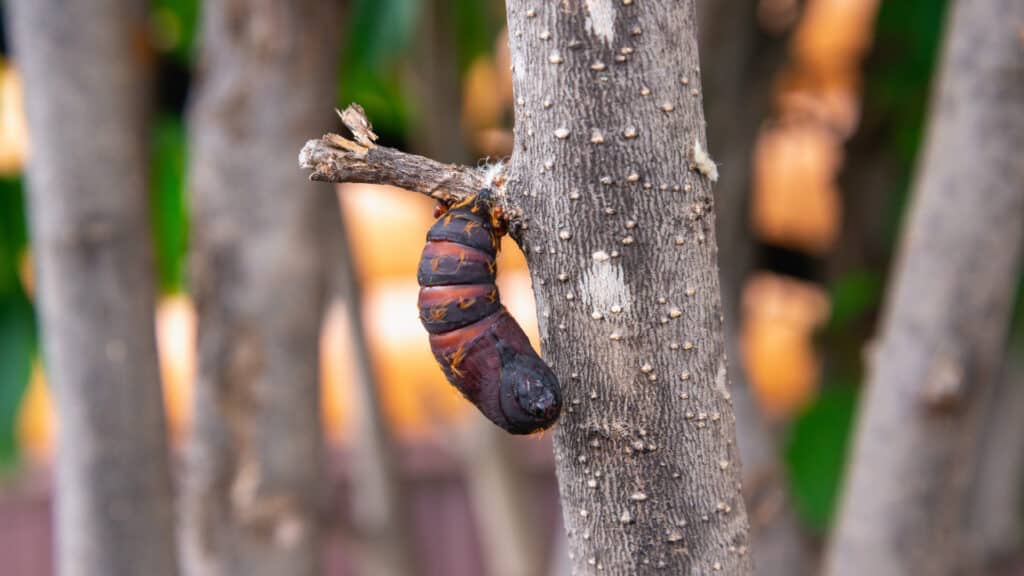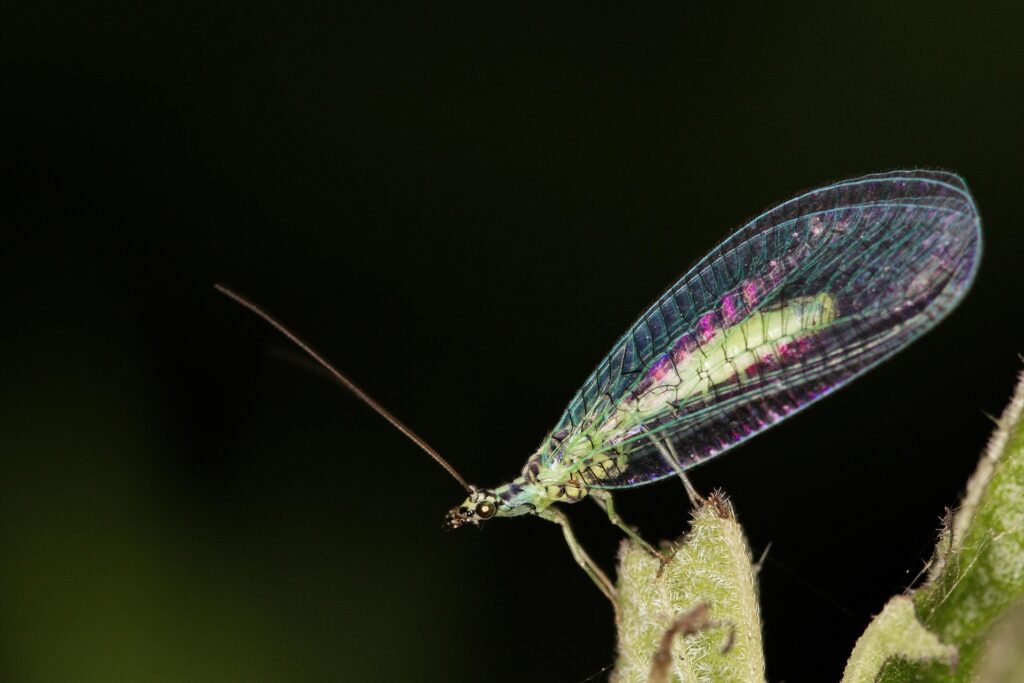Pests are a nuisance to homeowners, and can cause a lot of damage to property, as well as health risks to humans and pets. To effectively control pests, it is important to understand their lifecycle and behavior. In this article, we will explore the lifecycle of common pests and how it affects pest control.
The Lifecycle of Pests
Most pests go through four stages of development: egg, larva, pupa, and adult. The length of each stage varies depending on the species of pest, as well as environmental factors such as temperature, humidity, and availability of food and shelter.
Egg Stage
The egg stage is the first stage in a pest’s life cycle. The female pest lays eggs in a suitable location, such as on a host plant, in soil, or on food. The number of eggs laid depends on the species of pest, and can range from a few to hundreds.
Here are some examples of the number of eggs commonly laid by certain pests:
- Flies: The common housefly, can lay up to 500 eggs in their lifetime
- Cockroaches: Some cockroach species can lay up to 50 eggs at a time, and may produce several egg cases over their lifetime, resulting in hundreds of eggs.
- Mosquitoes: Female mosquitoes typically lay their eggs in clusters of 100-300 at a time, and may lay multiple batches of eggs over their lifetime.
- Ants: Queen ants can lay thousands of eggs over their lifetime, with some species laying up to 1 million eggs in a year.
It’s important to note that controlling pest populations often involves disrupting the reproductive cycle of the pests, such as through the use of insecticides or other pest control methods.
Larva Stage
After the eggs hatch, the pest enters the larva stage. The larva is the feeding and growing stage of the pest’s life cycle. The larva consumes food to grow and develop, and sheds its skin several times as it grows.
Some examples of insects that have a larva stage include:
- Mosquitoes: Mosquitoes start as eggs and then hatch into larvae, which are commonly called “wigglers”. After the larval stage, they pupate and then become adults. For a more detailed exploration, let’s look at the cockroach—a common household pest with a complex lifecycle. Cockroaches undergo what is known as an incomplete metamorphosis. This lifecycle includes three main stages: egg, nymph, and adult. Unlike insects that undergo complete metamorphosis, the nymph stage in cockroaches is visually similar to the adult but smaller and without wings. Understanding these stages is crucial for effective pest control strategies, such as determining the optimal time for applying treatments to disrupt their growth and reproduction cycle.
- Ants: Ants have a larval stage that hatches from an egg, which is followed by a pupal stage. After the pupal stage, the ant becomes an adult.
- Beetles: Many beetles have a larval stage that looks very different from the adult beetle. For example, the larva of a ladybug looks like a small alligator and is commonly known as a “ladybug grub”.
- Flies: Flies have a maggot stage, which is the larval stage of the fly. After the maggot stage, the fly pupates and then becomes an adult.
Pupa Stage
The pupa stage is a non-feeding stage of the pest’s lifecycle. During this stage, the larva transforms into an adult, and undergoes significant physical changes. This is a critical stage in the lifecycle of many pests, as it is during this stage that the pest is most vulnerable to pest control measures.
Some examples of insects that go through a pupa stage include:
- Beetles
- Flies
- Ants, bees, and wasps
- Mosquitoes
- Grasshoppers and crickets
- True bugs (such as stink bugs)
- Lacewings and antlions.
These are just a few examples, but many other insect species also go through a pupa stage as part of their life cycle.

Adult Stage
The adult stage is the final stage of the pest’s lifecycle. The adult pest is capable of reproduction and begins the cycle anew. The adult stage can last from a few days to several months, depending on the species of pest.
How the Lifecycle of Pests Affects Pest Control
Understanding the lifecycle of pests is important for effective pest control. It is important to target the pest during its most vulnerable stage, which is often the larva or pupa stage. During these stages, the pest is more susceptible to pest control measures, such as insecticides or biological controls.
In addition, it is important to identify the pest and determine its lifecycle stage in order to develop an effective pest control strategy. For example, if the pest is in the larva stage, a targeted insecticide may be more effective than a general pesticide.
Another important consideration is the timing of pest control measures. The timing of treatments can be critical to their effectiveness. For example, if an insecticide is applied during the adult stage of a pest’s lifecycle, it may have little effect on the population, as the pest has already reproduced. Aptive’s pest control plans are designed to target insects in all stages of the lifecycle and reduce the likelihood of reproduction and infestation.
Conclusion
Understanding the lifecycle of pests is an important aspect of pest control. By identifying the pest and determining its lifecycle stage, pest control professionals can develop a targeted pest control strategy that is most effective in controlling the pest population. Effective pest control service can help prevent damage to property and allow you to better enjoy your home.









